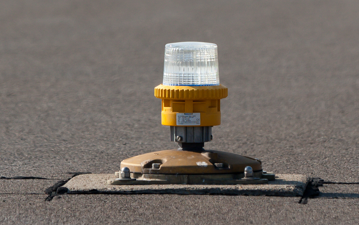Aircraft stand optimisation
Brussels Airport
Most incidents occur on the aircraft stands: on average, one incident resulting in aircraft damage occurs per 5000 flights. One of the main contributing factors for such high incident rate is the lack of space on stands, notably in the front of the aircraft. While most design are compliant with ICAO Annex 14 provisions, an optimisation of the aircraft stands layout can lead to a significant improvement of ramp safety.
The redesign of aircraft stands is a long and complex exercise. Therefore, Brussels Airport asked for the support of airsight for reorganising and optimising their aircraft stands.
airsight has years of practical knowledge in CAD-based simulations for apron design and aircraft stand optimisation tasks and is well aware – through numerous projects – of the best-practices increasing apron safety.
aircraft stand optimisation has several objectives, such as maximising the usable area in front of the stands for ground handling activities, as well as to minimise the number of stop bars to make it more workable for marshallers. The main complexity of this planning task resides in the consideration of each stand specific mix together with a high number of constraints, as ICAO/EASA separation limits, airport specific guidelines for stand design and predefined operational processes, passenger boarding bridges operational limits (PBB), location of hydrant pits, escape corridors for fuel trucks etc.
Simtra’s Pathplanner, used by Brussels Airport as well as airsight in most airport planning assignments, enabled the detailed modelling and simulation of the proposed objective and constraints, along with the identification of optimal stand layout.
Airport operators are partially responsible for safe operations during ground handling, and an efficient apron design is crucial to minimize the risks to both aircraft and personnel.
Key Facts



